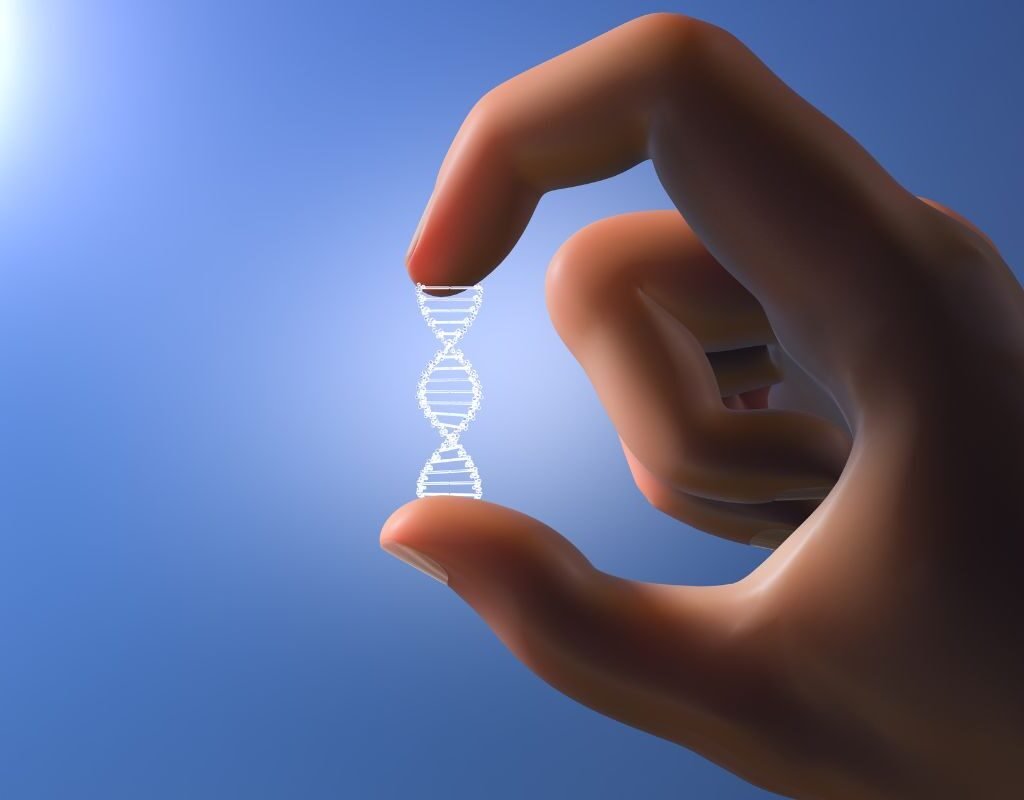DNA barcoding is a groundbreaking method that has changed the game in modern genetics by allowing scientists to learn more about the complex world of biodiversity. As a molecular “barcode” for species identification, metabarcoding provides a quick and precise way to catalog and comprehend the wide variety of living forms on Earth.
Understanding DNA Barcoding
DNA barcoding stands as a groundbreaking technique in the realm of genetics, offering a standardized approach to species identification that transcends traditional morphological methods. By analyzing short, standardized gene sequences from an organism’s DNA, scientists can unravel the intricate genetic codes that define each species. At the heart of metabarcoding lies a specific region of the genome, often the mitochondrial cytochrome c oxidase subunit 1 (COI) gene in animals. This gene region showcases sufficient variability among species, allowing for the distinction between different organisms while retaining conserved regions crucial for primer design.
The versatility of DNA barcoding is truly remarkable, extending across a vast spectrum of taxa. From towering trees to microscopic microbes, DNA barcoding transcends boundaries, offering a universal tool for species identification and classification. Whether it’s deciphering the genetic makeup of plants, animals, fungi, or microorganisms, metabarcoding serves as a unifying force in the field of biology.
One of the most significant advantages of DNA barcoding is its applicability to various disciplines. In biodiversity conservation, metabarcoding plays a pivotal role in monitoring and preserving the rich tapestry of life on Earth. By providing rapid and accurate species identification, scientists can assess the health of ecosystems, identify endangered species, and inform conservation strategies. This is particularly crucial in regions facing unprecedented threats from habitat loss, climate change, and human encroachment.

Moreover, metabarcoding contributes to ensuring the safety and integrity of our food supply. By authenticating food products and verifying their species origin, DNA barcoding helps prevent fraud, mislabeling, and adulteration in the food industry. Consumers can have confidence knowing that metabarcoding serves as a vigilant guardian, safeguarding the authenticity and quality of the food they consume.
In the realm of forensic science, DNA barcoding emerges as a powerful tool for solving crimes and administering justice. By analyzing biological evidence recovered from crime scenes, such as animal tissues or plant fragments, forensic experts can identify the species involved, link evidence to suspects, and unravel complex criminal mysteries. This application of metabarcoding underscores its versatility and relevance in real-world scenarios, where the stakes are high, and accuracy is paramount.
Furthermore, DNA barcoding contributes to our understanding of evolutionary processes and patterns of biodiversity. By comparing DNA sequences among different species, researchers can reconstruct evolutionary histories, unravel phylogenetic relationships, and shed light on the mechanisms driving biological diversity. This deeper understanding of life’s evolutionary journey enriches our appreciation for the interconnectedness of all living organisms and inspires further exploration into the mysteries of the natural world.
In conclusion, DNA barcoding represents a transformative tool that has revolutionized the field of biology. Its ability to rapidly and accurately identify species, its universality across taxa, and its diverse applications in various disciplines underscore its importance as a cornerstone of modern genetics. As we continue to unlock the genetic mysteries of life on Earth, metabarcoding will undoubtedly remain at the forefront of scientific innovation, guiding our quest for knowledge and understanding in the intricate tapestry of biodiversity.
Applications of DNA Barcoding

DNA barcoding finds applications in diverse fields, revolutionizing the way scientists approach species identification and biodiversity assessment. In taxonomy and ecology, metabarcoding provides a reliable tool for identifying species, especially in cases where traditional morphological methods are impractical or inconclusive. This is particularly valuable in biodiversity hotspots where numerous species coexist, facilitating conservation efforts and ecosystem management.
Moreover, DNA barcoding plays a crucial role in food authentication and traceability, ensuring the accuracy and safety of food products. By verifying the species origin of food items, metabarcoding helps prevent fraud and mislabeling in the food supply chain, enhancing consumer confidence and promoting transparency in the food industry.
In forensic science, metabarcoding assists in criminal investigations by identifying biological evidence such as animal tissues, plant fragments, or insect remains found at crime scenes. This enables forensic experts to link evidence to specific species, aiding in the resolution of criminal cases and contributing to justice.
FAQs about DNA Barcoding:

1. What is the significance of DNA barcoding in biodiversity conservation?
Metabarcoding facilitates rapid and accurate species identification, which is essential for monitoring and preserving biodiversity. By providing a standardized method for cataloging species, it supports conservation efforts and informs decision-making in ecosystem management.
2. How does DNA barcoding contribute to food safety?
DNA barcoding helps authenticate food products by verifying their species origin, reducing the risk of food fraud, and ensuring compliance with regulatory standards. This enhances consumer trust and promotes integrity in the food industry.
3. What role does DNA barcoding play in forensic science?
In forensic investigations, DNA barcoding aids in identifying biological evidence recovered from crime scenes, such as animal tissues or plant material. This assists law enforcement agencies in linking evidence to specific species, strengthening criminal cases.

The Unseen Symphony: Unveiling the Magic of DNA Replication
Imagine holding the most detailed blueprint ever conceived, intricately woven with the secrets of life itself. This blueprint, the double helix of DNA, encodes every aspect of your being, from the color of your eyes to the rhythm of your heart.
4. Is DNA barcoding applicable to all organisms?
While DNA barcoding is widely applicable across taxa, its effectiveness may vary depending on the genetic diversity and availability of reference sequences for a particular group of organisms. However, ongoing advancements in sequencing technologies continue to expand its utility across diverse organisms.
5. How does DNA barcoding benefit evolutionary studies?
Metabarcoding provides valuable data for studying evolutionary relationships and phylogenetic analyses. By comparing DNA sequences among species, researchers can reconstruct evolutionary histories and elucidate patterns of biodiversity evolution over time.







